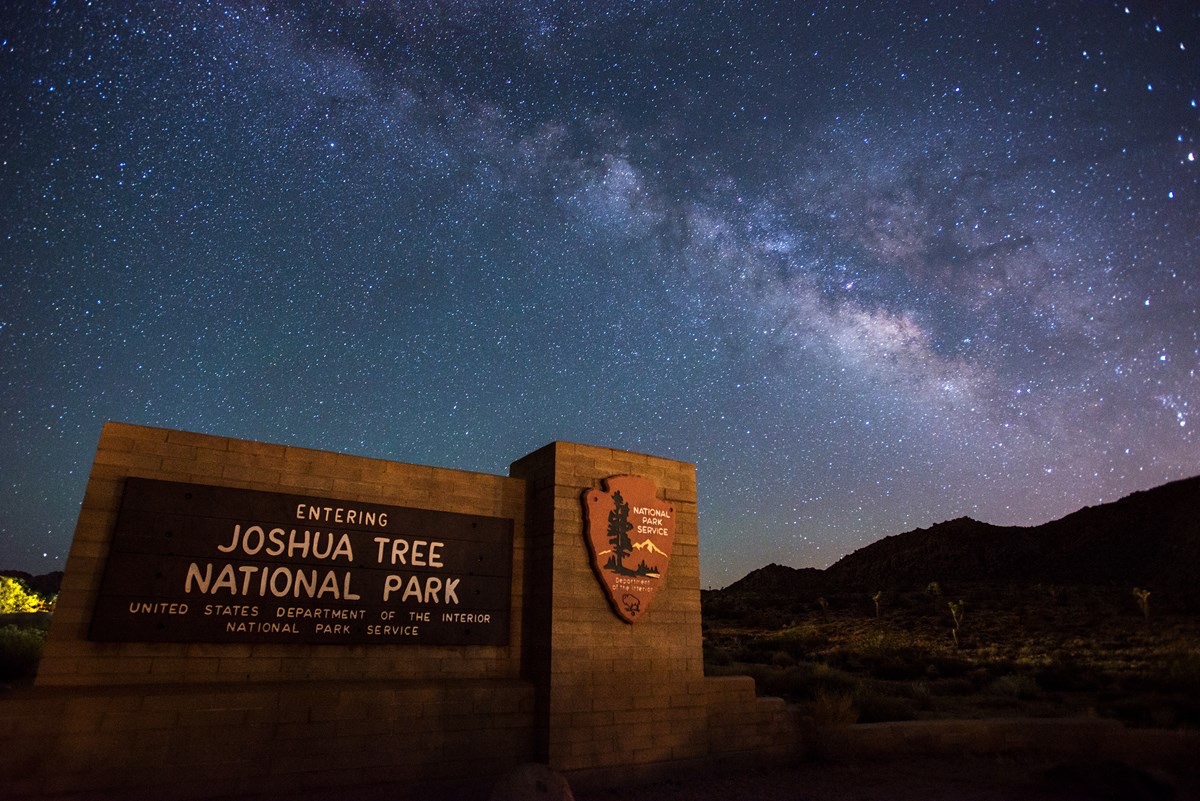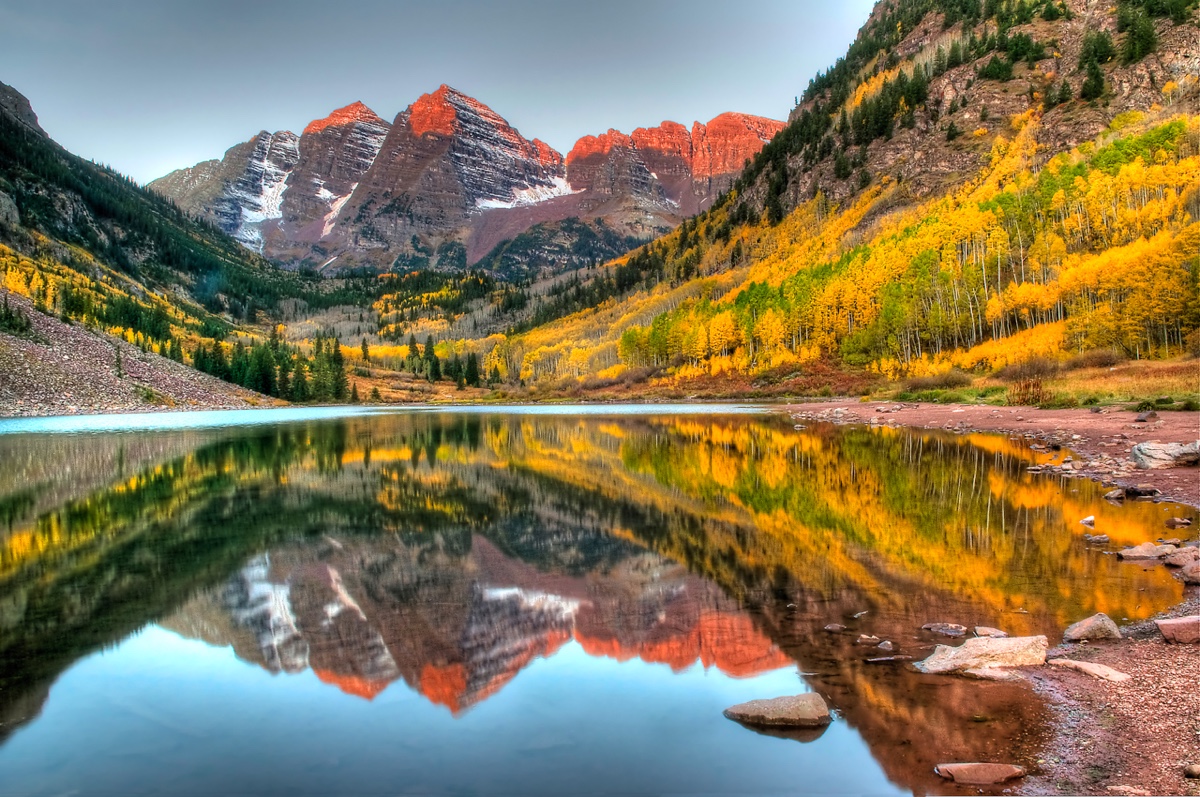Photos: Magnificent views of the nighttime heavens in America's 'Dark Sky' parks
Mojave skywatching

Joshua Tree National Park, located in the Mojave Desert, was designated a silver-tier Dark Sky Park on July 29, 2017 — the 10th Dark Sky Park in the U.S. National Parks system. What makes Joshua Tree's designation so unique is the fact that it is located only 140 miles from the massive Los Angeles basin where the Milky Way and nighttime stars were washed out of the night sky long ago by the massive expanse of city lights. The park's western edge has poor nighttime darkness due to the nearby Coachella Valley cities, but the eastern edge's nighttime sky remains spectacular and pristine.
"I often think that the night is more alive and more richly colored than the day." — Vincent Van Gogh
Tasting stars!

Not all the magnificent places to marvel at the stars are found in the national parks or upon the Colorado Plateau. But most dark sky places are found in the American West. Take the Maroon Bells, two peaks, each 14,000-plus feet (4,267 meters) tall, composed of metamorphic sedimentary mudstone located just 12 miles (19 km) southwest of Aspen, Colorado, in the Maroon Bells–Snowmass Wilderness of White River National Forest. In 2017, more than 320,000 wilderness enthusiasts came to hike, camp and photograph the natural beauty of the Maroon Bells.
"Come quickly, I am tasting stars!" — Dom Perignon (1638 - 1715), at the moment of his discovery of champagne
Get the world’s most fascinating discoveries delivered straight to your inbox.
